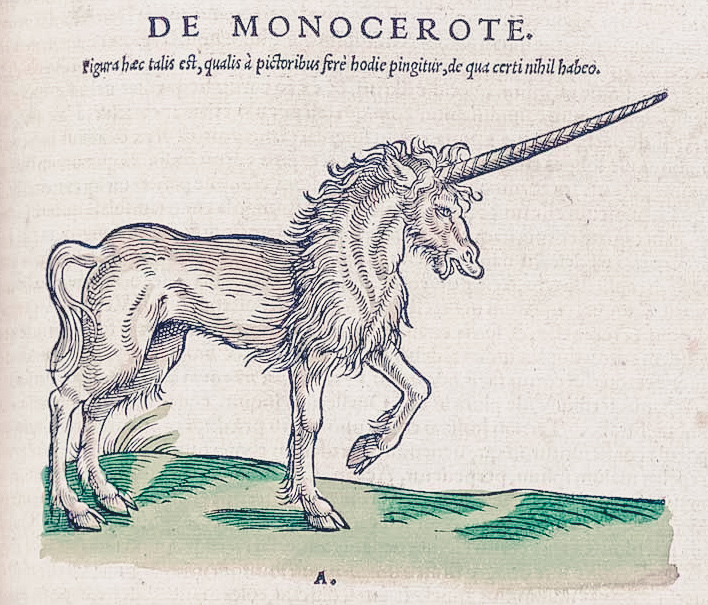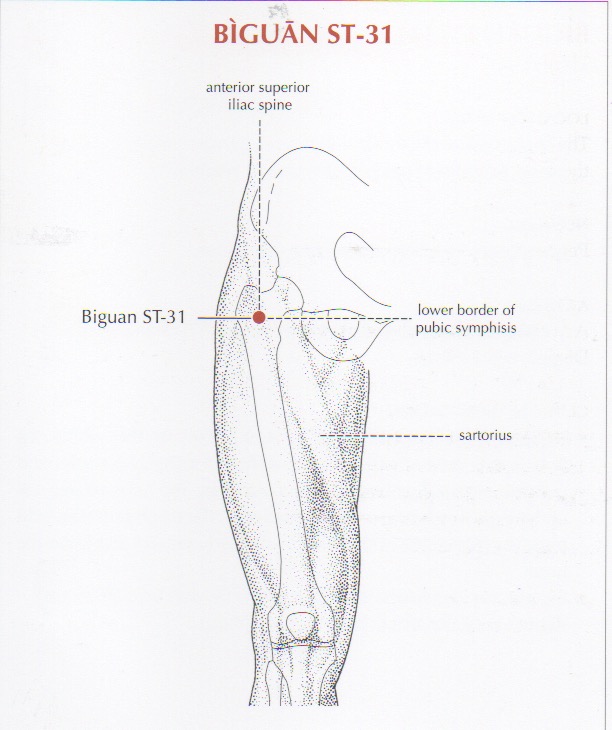We should all be following the medical advice being given so far such as staying home, social distancing, not touching our faces and washing our hands. Early on, we were told wearing a mask wasn’t necessary and while this doctor says that is the case, I feel better covering my nose and mouth since that is how the virus gets into the body. I’ve also read that covering your eyes (I wear my reading glasses) and ears either with headphones (which I disinfect as soon as I get back home) or ear plugs. The most important thing still is to wash your hands and not touch your face.
**Update as of April 3rd, 2020 Mayor De Blasio asks all New Yorkers to wear a mask or scarf.
**Update as of April 15, 2020 Governor Cuomo requires every New Yorker to wear a mask.
1.Get good quality sleep.
Our brains detoxify every night via the glymphatic system, it’s own detox system, but it can’t do that if you’re not sleeping well. If you know you have bad habits, like being on your phone late at night or watching Netflix in a brightly lit room, it’s time to create a bedtime ritual so that your brain gets the message that it’s time to go to sleep. Also, when you rise in the morning, open the window or blinds and let your brain see the sun rising. It’s all about creating a healthy circadian rhythm.
2. Drink tea. Specifically Green tea.
It controls inflammation (inflammation seems to be what is making this virus so dangerous for certain people) and increases the number of regulatory T-Cells that play a role in immune function. I’ve always said Green tea is the king of all teas, its useful not just for viruses but as cancer prevention as well.
3. Drink more tea.
Nature has provided us with her own anti-virals. I’ve been making a tea made of orange peels, ginger, fennel seeds and an onion- yes an onion. The quercitin in red onion makes it a strong antioxidant, antimicrobial and anti-inflammatory. I brew about 9 cups of water and add in the skin of an orange or 2, some ginger that I peeled, sliced and smashed with the heel of my palm to get some of the juice out along with the fennel seeds and I added the onion last. I let if boil for at least half an hour and serve a cup several times a day.
4. Eat well.
I have PCOS which means I have a hard time balancing my blood sugar, but it’s been years and I’ve learned what works- keep carbs low and healthy fat/protein higher in all my meals. Blood sugar highs and lows cause stress to the immune system so eating as clean as possible is a good idea right now and most importantly, eliminate sugar from our diets.
5. Fennel seed
One of the signs and symptoms of COVID-19 is stomach upset and diarrhea. But in general, fennel seed or fennel tea is great for soothing the stomach. If you can’t find the tea bags, check the spice section for fennel seeds, that’s what I use.
6. Take supplemental immune boosters.
I have taken elderberry, vitamin C, zinc, vitamin D3 with calcium, N-Acetylcysteine (a detoxifier for lung health) and some others I take specifically for PCOS. The problem with COVID-19 is there isn’t any research on it yet. I know scientists are working on it but what i’ve been hearing so far (and this is just rumor) is that taking immune boosters such as Elderberry syrup creates a Cytokine storm in the body. Simply put, it might contribute to an over reaction in immune response and that’s why people have so much phlegm accumulating at the bottom of the lungs. Our bodies create phlegm to try and trap viruses from going anywhere. The problem arises when our immune system overreacts and starts to damage tissue which is what this particular virus seems to be doing so far, in people who are the most vulnerable. I’m not telling you to not use elderberry, I will always have elderberry in my cabinet but since we don’t have the data to support whether or not elderberry syrup is safe to take during the later stages of COVID, I’m going to err on the side of caution and stick to anti-viral teas and cook meals with a lot of onion and garlic.
7. Use food as medicine.
Please don’t panic if you can’t find the supplements I mentioned. Many vitamins and minerals can be found in foods found right in our kitchens.
Zinc- Black beans, chick peas, meat, chicken (dark meat), pork and seafood such as oysters and crab.
Vitamin D- Salmon, mackerel, sardines and foods fortified with D.
Vitamin C- Kiwi, strawberries, broccoli, kale and tomatoes.
Vitamin B12- clams, turkey, chicken, duck, beef, pork and lamb.
Vitamin B6-Salmon, tuna, halibut, turkey, chicken, duck, hazelnuts and walnuts.
Vitamin A-Cod liver oil, 1 large egg, yellow/orange fruits and vegetables like sweet potato.
Folate- Legumes such as beans, peas and lentils. Green leafy vegetables such as kale and spinach.
Copper- Shellfish such as oysters, clams and crabs. Nuts such as hazelnuts, cashews almonds and legumes like beans, peas and lentils.
8. Healthy gut = healthy immune system.
Probiotics, digestive enzymes, kombucha and fermented foods like pickles, kimchi, miso and sauerkraut. Steer clear of foods you know or suspect you may be allergic to, or have a sensitivity to like dairy, casein, gluten and sugar. Fiber is also really important for proper elimination so if you struggle with constipation, be sure to eat plenty of fibrous vegetables and perhaps use psyllium husk powder.
9. Dry brushing for Lymphatic Drainage.
Disclaimer* DO NOT DO THIS IF YOU ARE SICK OR IMMUNOCOMPROMISED.
The Lymphatic system moves lymphatic waste out of the body and dry brushing before you take a shower, is a great way to get this system moving since it doesn’t have a pump of its own like the heart does. Just make sure to go clockwise when you do it on your stomach because that is how our digestion moves.

















